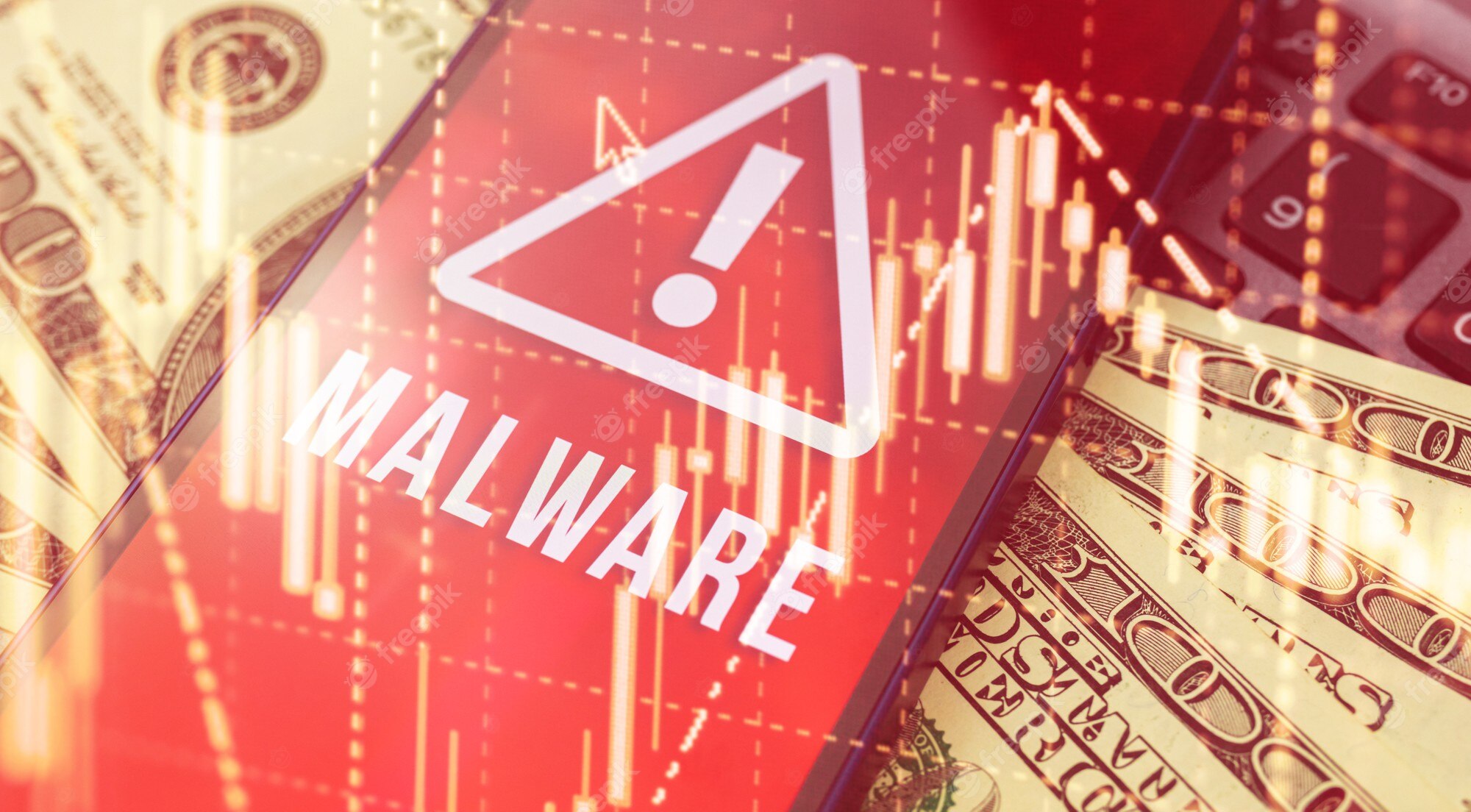
As the digital world continues to evolve, the threats it poses are becoming more sophisticated, particularly in the banking sector. One such menace lurking in the shadows is the Banking Trojan. These malicious software pieces are crafted by cyber criminals with the sole intention of pilfering banking credentials and private information, often resulting in significant financial losses and identity theft.
Understanding the Threat
What is a Banking Trojan?
A Banking Trojan, often classified as "malware" or a "virus-type-of-malware," is a type of malicious program that targets online banking systems to steal sensitive information. Using sophisticated techniques, these Trojans trick users into providing login credentials, often by appearing as legitimate software or notifications.
How Does a Banking Trojan Operate?
Once a Banking Trojan infects a computer system, it runs silently in the background, undetected by the user. It may disable antivirus applications, perform unauthorized transactions, or send spam emails. Some versions of these Trojans can even exploit software vulnerabilities, such as those found in Adobe Flash Player, to infiltrate the system.
The Impact of Banking Trojans
Banking Trojans are not just a threat to individuals; they also pose significant risks to financial institutions and payment processors. By breaching network security and stealing transaction data, these Trojans contribute to fraudulent activities and money laundering. The rise in such attacks has led to stricter regulations on payment processors to prevent these illegal activities.
Recognizing the Danger
How Do Banking Trojans Spread?
Banking Trojans employ a variety of methods to infiltrate systems. They may be disseminated via email attachments, drive-by downloads on the internet, or through infected USB drives. Often, these Trojans are hidden within pirated software or disguised as legitimate downloads.
The Stealth of Banking Trojans
The real danger of Banking Trojans lies in their stealth. Users often remain unaware of their presence until it's too late. These Trojans can disable security tools, steal information, and remain undetected for a long time, causing extensive damage.
Protecting Against Banking Trojans
Preventive Measures
Preventing a Banking Trojan infection primarily involves practicing safe online behavior. Be cautious of emails from unknown sources, particularly those that prompt you to download attachments or click on links. Phishing emails, designed to look like they're from reputable institutions, are a common method used by cybercriminals to spread Trojans.
Security Software
Maintain up-to-date security software on your computer. Regular scans can help detect and remove any threats before they can cause damage. Firewalls can also provide an additional layer of protection by blocking unauthorized access to your computer.
Regular Updates
Keep your operating system and online browsers updated. Software updates often include patches for known vulnerabilities that Trojans and other malware could exploit.
Secure Downloads
Only download files and software from trusted sources. Be cautious of mobile apps; ensure they have positive ratings and are downloaded from official marketplaces like the Google Store or the App Store.
Employee Training
For businesses, employee education is crucial. Training staff to recognize phishing emails and other potential threats can significantly reduce the risk of a Trojan infection.
Disaster Recovery Plan
Prepare for the worst-case scenario. Having a disaster recovery plan in place can help your business recover quickly in the event of an attack.
Responding to a Banking Trojan Infection
Immediate Action
If you suspect your computer is infected, act immediately. Disconnect from the internet to prevent further data transmission and seek professional assistance for malware removal.
Reporting the Incident
Report any suspected Trojan infection to the appropriate authorities. In the UK, for example, incidents can be reported to the National Cyber Security Centre (NCSC) and Action Fraud.
Password Reset
Once the threat has been removed, reset your passwords to prevent any further unauthorized access. Be sure to use strong, unique passwords for each account.
With cyber threats becoming more advanced, understanding the risks and taking precautions is paramount. By staying informed about the latest threats and practicing safe online behavior, you can protect yourself from Banking Trojans and other forms of malware. Always remember: when it comes to online security, it's better to be safe than sorry.